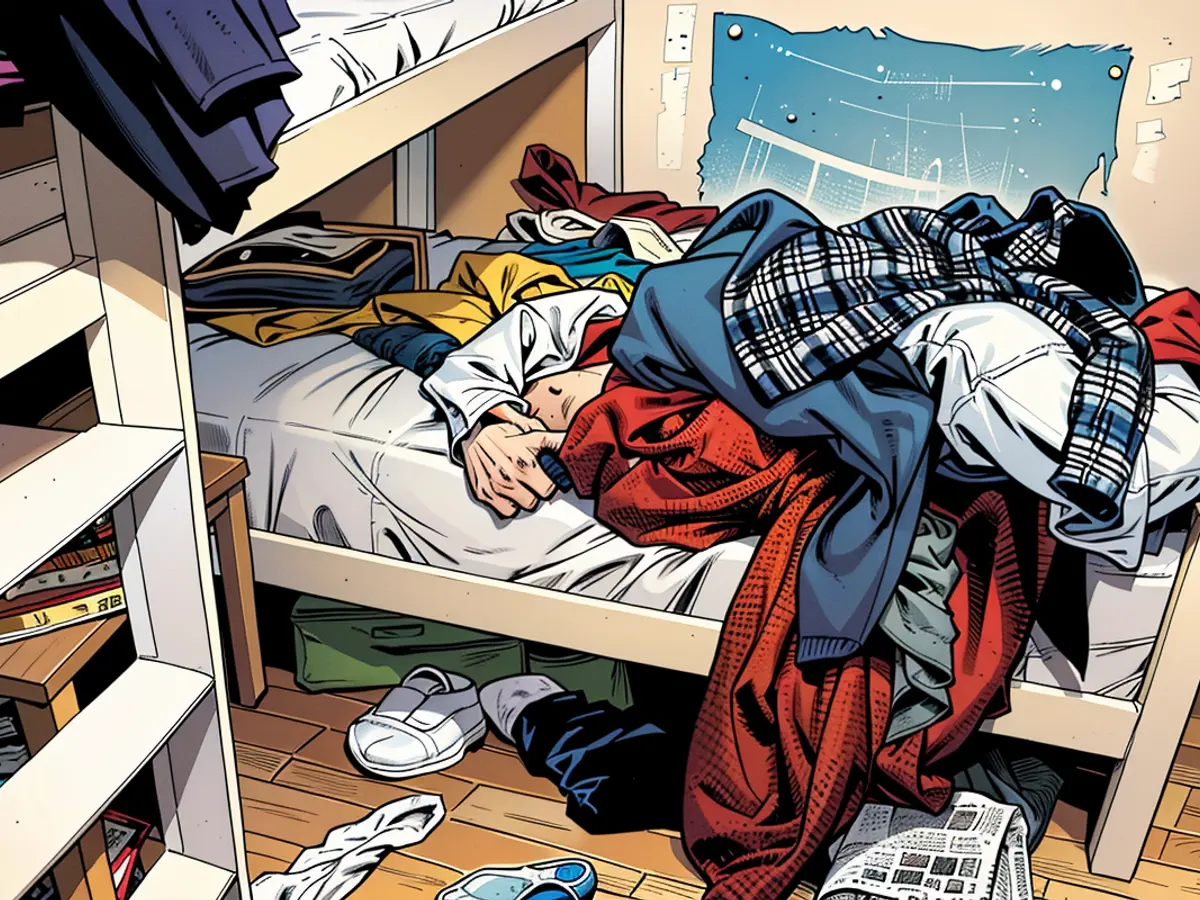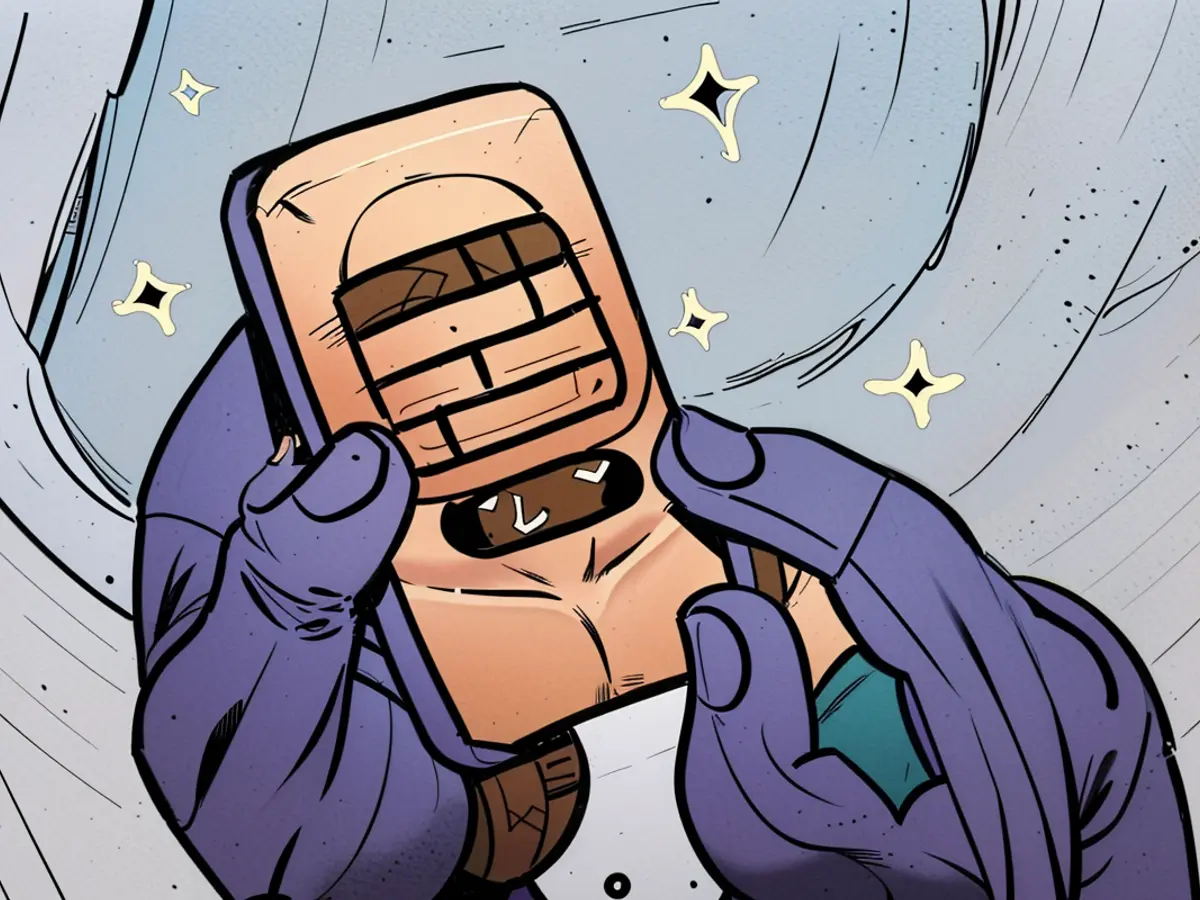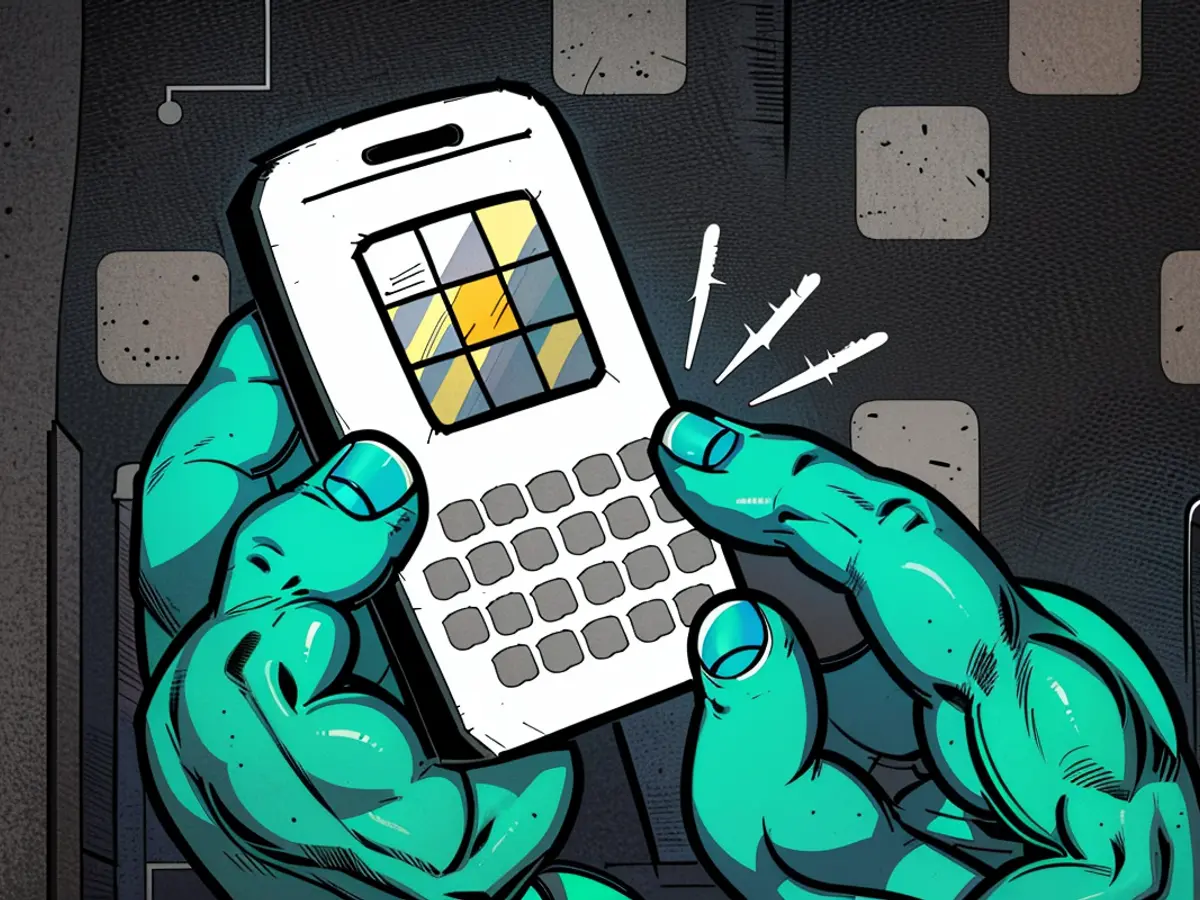Restructure Your Possessions Utilizing the "Chaos Technique"
While you're tidying up and arranging, there are several methods you can employ to adhere to the fundamental principles of keeping similar items together and assigning each a designated spot. It seems logical to assign a spot for each category and place the items from that category into the spot, one by one. However, this approach has its drawbacks, and you might end up doing more work than planned if you proceed this way. As an alternative, why not try a bit of disorder?
What is the "disorderly method"?
This idea originates from Kim Jones, a Kentucky-based organizer who explained her technique to The Kitchn. She was discussing what to do when moving into a new place, suggesting that instead of unpacking each box bit by bit, you should unpack them all at once, leave everything scattered, create a mess (the "disorder"), then clean up the mess. The concept is that by categorizing and grouping each item in the open before putting it into its designated containers, shelves, or drawers, you can evaluate the amount of stuff you have and determine if it will fit in the space you've allocated for it. Rather than bringing each individual item to its new location, one by one, this method allows for fewer misjudgments about storage space. More often than not, it will prevent you from having to reorganize everything, move things around, or even start over.
Organizing with "disorder" when not moving
You can use this technique even when you're not moving. In fact, this is my recommendation as a standard organizational practice for the home you're currently residing in. It allows for efficient decluttering and organizing using the space you actually have available.
Firstly, select a small section of your home, such as one closet, drawer, shelving unit, or small room. Do not attempt to organize an entire room at once if you can avoid it. Then, empty that space entirely, placing everything in the center of the room. If you're working on the hall closet, remove every coat, scarf, pair of boots, umbrella, etc. Once you have your big pile of disorder, do not panic, despite the increased appearance of disorganization and clutter. Start categorizing everything, moving them into smaller piles away from the large one. Coats belong in one pile, boots in another, and so on. Once you have your smaller piles and categories, you can see the volume in each, then decide where they should go within the empty space again. You can strategically place them in the most logical and economical space (ideally, a container!) and make this decision based on the actual space they need.
As you create those piles, perform a little decluttering if you feel the need. I suggest using the five-second rule and a classic decluttering approach: Keep bags and boxes handy and designate one for disposal, one for donation, and one for sale. Typically, you'd need a fourth bag or box for items to keep, but since you're aiming to immediately put your "to keep" items back where they belong, this is not as essential. Each time you pick something up from the main pile, provide yourself with five seconds to decide which category it belongs in. If you're discarding, selling, or donating it, put it into its corresponding bag or box straight away. Once a bag or box is full, employ the five-second approach again, forcing yourself to immediately take it to the trash or your car. Reducing the number of items you have during this process will help you lessen the volume you need to put back in place, providing you with more flexibility in the original space. When the space you were working on is complete, move on to another small space and start the disorder again.
After emptying a specific area of your home, like a closet or drawer, and leaving everything sprawled out, you can begin categorizing items into smaller piles. This disorderly method, as suggested by organizer Kim Jones, allows you to assess the amount of belongings and determine if they fit in the allocated space, reducing the likelihood of reorganization or starting over. By utilizing the five-second rule during the decluttering process, you can efficiently lessen the volume of items, providing more flexibility in the original space.
When employing the disorderly method within your existing home, remember to tackle a small section at a time. Starting with a single closet or drawer, for instance, enables you to efficiently declutter and organize the available space, ensuring a more manageable process without overwhelming yourself with a complete room overhaul.








